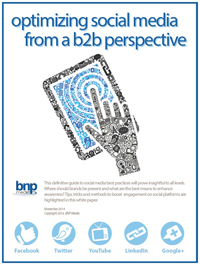 In the interest of public health, researchers at North Carolina State University have developed a set of guidelines on how to use social media to communicate about food safety.
In the interest of public health, researchers at North Carolina State University have developed a set of guidelines on how to use social media to communicate about food safety.
“In a crisis context, the framework can be used by health officials, businesses or trade organizations affected by foodborne illness to help them reach key audiences with information that could be used to reduce the risk of foodborne illness,” says Ben Chapman, an associate professor at the university whose research focuses on food safety.
Chapman is the lead author of a paper on social media’s interaction with food safety.
“The literature shows us that simply pushing out information isn’t an effective way to change people’s behavior,” Chapman says. “You need to engage in dialogue, and Twitter and Facebook are excellent places to have those conversations.”
University researchers established a set of best practices for social media by studying papers on food safety risk communication and social media communication. Currently, the research team is working on three projects to examine food safety communication on YouTube, among bloggers and using social media to identify and respond to outbreaks.
“Social media may be the catchphrase today, maybe it’s big data tomorrow, but the underlying goal is fewer sick people,” said Douglas Powell of powellfoodsafety.com, a co-author of the paper. “Twitter wasn’t around 10 years ago but people still got sick. We need to adapt new tools as they arrive to the food safety sphere.”
The paper on the guidance, “Potential of social media as a tool to combat foodborne illness,” is published in Perspectives in Public Health. The paper was co-authored by Benjamin Raymond, who is a graduate student at NC State.










